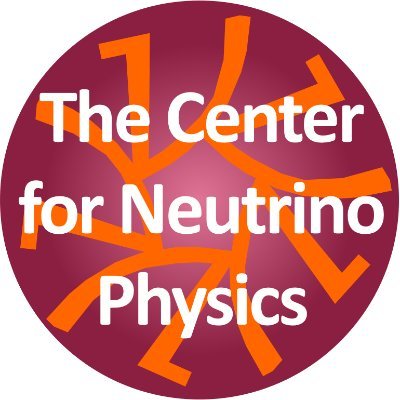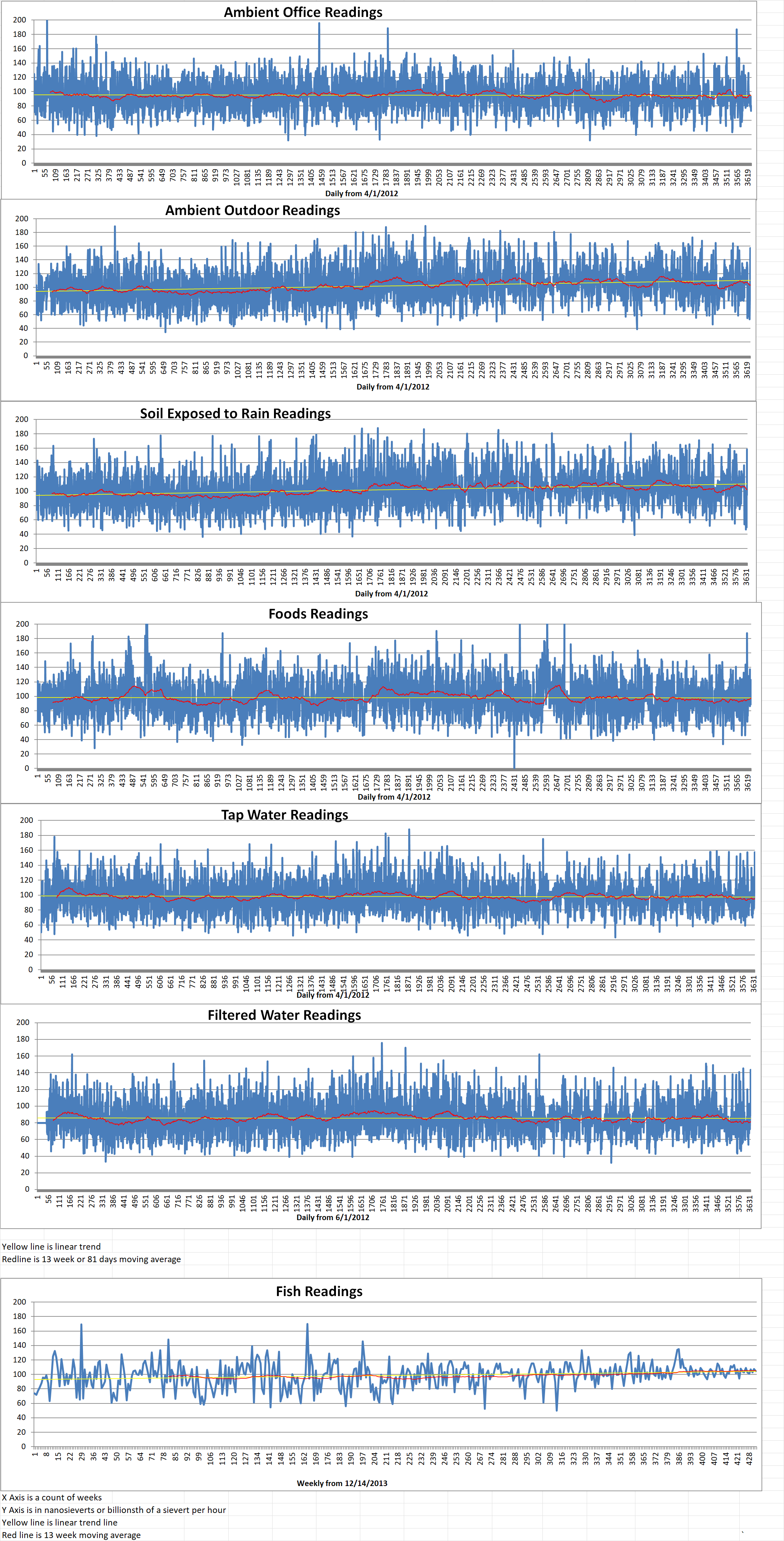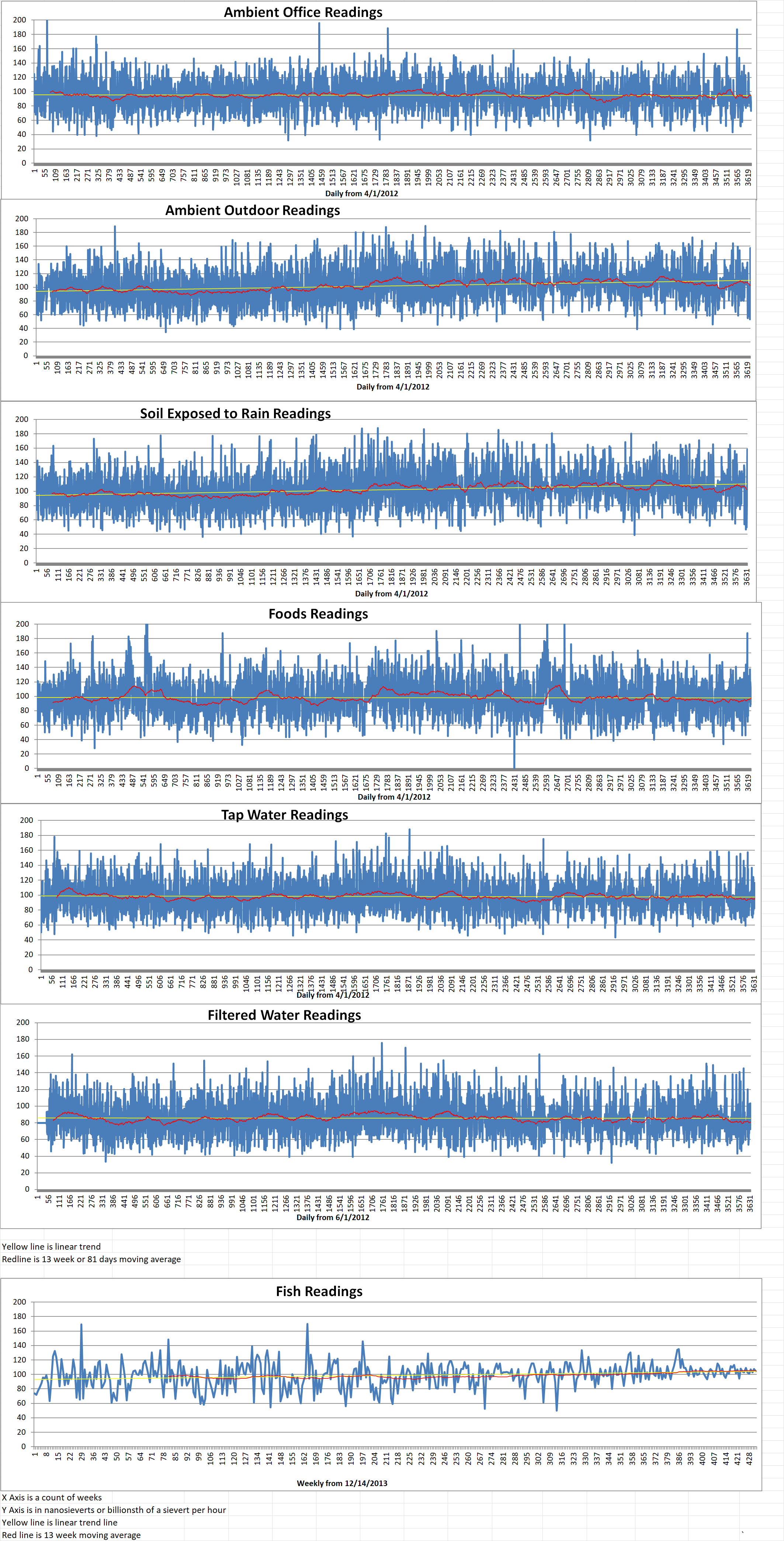There is concern that rogue nations might be able to remove nuclear fuel from a nuclear submarine in order to develop nuclear weapons. Neutrinos might be able to reveal attempts to carry out such a project.
Neutrinos are lightweight subatomic particles that are released from the reactors that power nuclear submarines. These particles could expose the alteration or removal of nuclear fuels for nefarious purpose. This possibility was recently reported in Physical Review Letters. This monitoring of neutrinos could be done remotely while a submarine is in a port with its reactor shut down.
In order to ensure that nations that are currently without nuclear weapons don’t develop them, international inspectors monitor the use of many types of nuclear technology across the globe. Nuclear submarines are a major concern. Many of them use highly enriched uranium. This is a potent type of fuel that could be weaponized fairly easily. However, submarines are protected from monitoring because of a loophole. Unlike nuclear power plants, nuclear submarines are used for secret military purposes. This means that physical inspections could infringe on the national security of the nation that owns a particular nuclear submarine.
Igor Jovanovic is a nuclear scientist at the University of Michigan in Ann Arbor. He said, “Neutrino-based methods can considerably reduce the intrusiveness by making measurements at a distance, without having to physically access the vessel.” He was not a member of the research team that published the report.
The antimatter variety of neutrinos, known as antineutrinos, are produced in great quantities from operating nuclear reactors. Neutrinos interact very weakly with other matter. This allows them to pass easily through solid material such as a submarine hull. A neutrino detector positioned near a submarine could reveal what is happening inside according to neutrino physicists Bernadette Cogswell and Patrick Huber of the Center for Neutrino Physics at Virginia Tech in Blacksburg who published the new report.
Submarines are often at sea, and they are hard to monitor with stationary instruments. In order to deal with this problem, the researchers found a solution. They decided to examine neutrinos produced by the decays of a variety of isotopes of chemical elements that remain after a reactor is shut down. A neutrino detector located in the water about sixteen feet below a submarine’s reactor could measure neutrinos produced by the decay of certain cerium and ruthenium isotopes. Those measurements could reveal whether nuclear materials had been removed from the reactor or swapped out.
This method of monitoring a reactor that has been shut off is “very clever” according to physicist Ferenc Dalnoki-Veress of the Middlebury Institute of International Studies at Monterey in California. However, the idea would still require acceptance from every country for detectors in submarine berths. Physicist Giorgio Gratta of Stanford University said that “Something like this would be so much better if it wouldn’t require cooperation.”
The monitoring of nuclear submarines may be more pressing in the near future. At this point in time all nations with nuclear submarines already have nuclear weapons. So, that means that currently, the issue is hypothetical. However, that will change soon. The U.S. and the U.K. are two nuclear weapons states. Last September, they entered into a cooperative security agreement with Australia to assist that country in obtaining nuclear submarines. Australia has no nuclear weapons.
There is very little suspicion that Australia would use these submarines as a cover for a nuclear weapons program. Cogswell said that “you still have to worry about the precedent that that sets.” As monitoring nuclear submarines becomes more important, she said “The question was how the heck to do that.”






